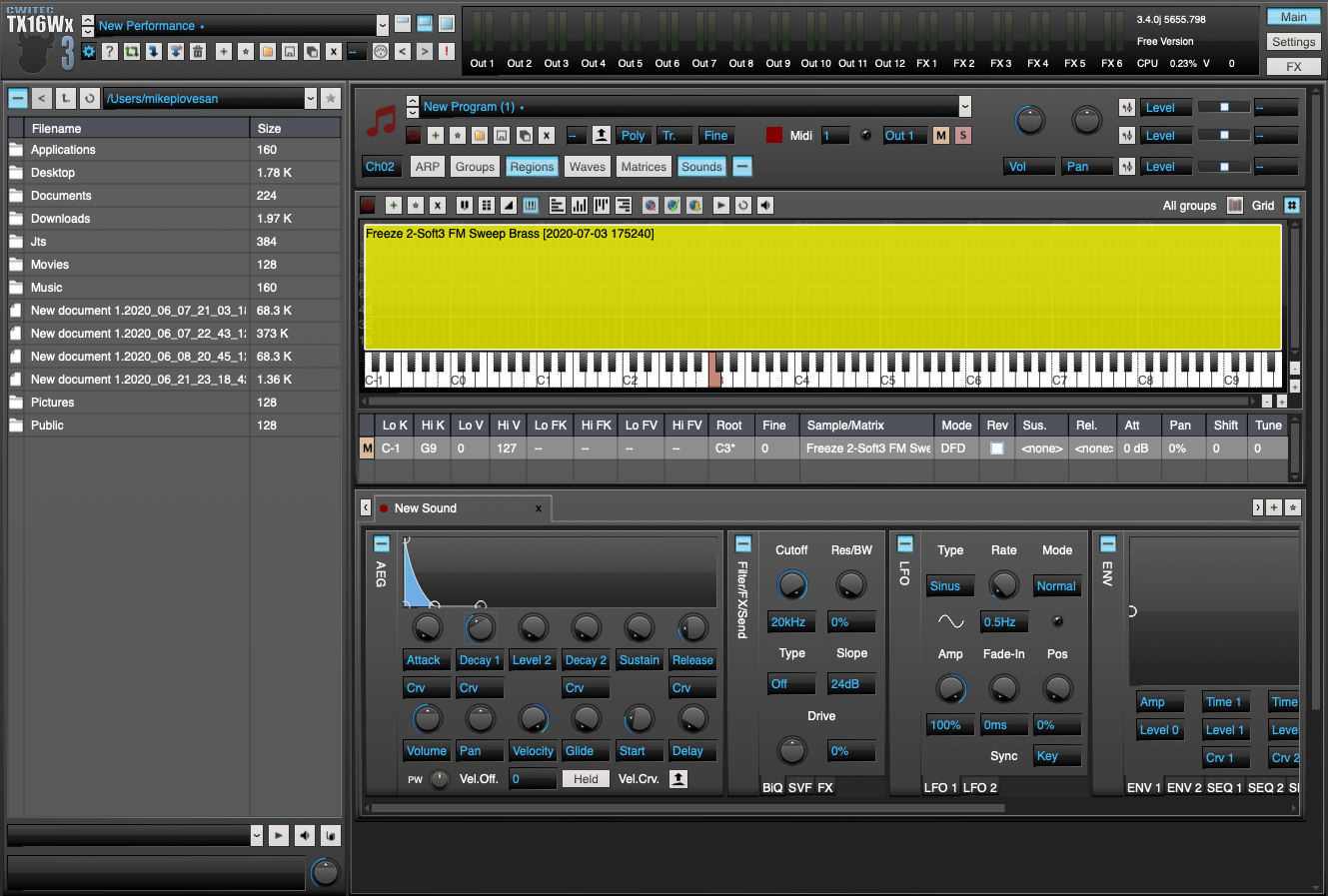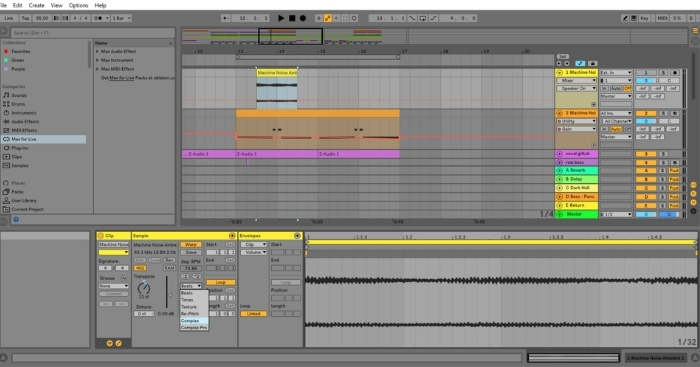

Here's the loop, a jazzy rhodes electric piano riff, in its original form:ĭetuning one audio signal just a little away from a copy of the signal playing at the original pitch results in something called 'beating', which is where a tone gets periodically louder and quieter at a rate determined by the amount of detuning. I'll be using a loop from our LA Beats collection for demonstrating points in the discussion below, so check it out if you like what you're hearing! DAWs, samplers and synths all provide different methods for manipulating pitch, with the most challenging to modify being raw audio loops. What you need to do to detune a sound depends on how you're working with the audio that makes up your track. This time, I'd like to take a closer look at another excellent technique for adding that analog feeling into your digital productions: detuning.
Ableton detune how to#
If you'd like to learn how to write harmonies, bass lines and melodies - check our full harmony bundle, where we teach you everything you need to know about music theory.In my last tutorial, I showed you some top tips for injecting analog-style warmth into digital sounds. If you duplicate this track and switch the instrument to a Wavetable playing a triangle wave, this is what the main chords + sub sounds like:

We don’t want to overdo it - it’s the main sound in our track and we want it to be mainly mono: We might try adding another auto pan (this time 180 degree phase) to actually move the sound a bit right and left in the stereo spectrum. We can also automate the “Rate” of the auto pan to create even more impact at the beginnings of chords: Our choice for adding movement is Auto Pan - in BPM mode and 100% amount (phase 0 degrees) it allows you to add really cool LFO-tool style volume automation. It sounds a bit harsh, but it will sound perfect as soon as we add some movement. Next up is Overdrive - we’ll boost the highs and mess with the dry/wet. To add stereo spread, we’re going to use a bit of an unconventional technique - we’ll use a very small reverb (room reverb) - size all the way down, decay to about 500 ms, and 30% Dry/Wet. Then let’s add some OTT - it boosts the highs very nicely - we’ll add a lot (50% Dry/Wet) I’ll start by equalizing this sound, and we’ll cut the low and sub frequencies. To make our instrument sound even cooler, we can just go into the “Pitch” section and decrease the “Amount”:įrom now on it’s only dependent on how you want it to sound.įor example, Skrillex likes a lot of distortion and OTT.

To fine tune it even more, we can use the “Detune” control to shift it slightly so that it’s as close to perfect C as possible. To do so, let’s tweak the “Root” in Sampler, so that C on the keyboard corresponds to played C. We can measure the actual pitch of notes we are playing if you add a “Tuner” audio effect behind the sampler. Maybe we can also tune our instrument, because the note we picked might not be the perfect C. We can paste in some chords from our MIDI Pack: To prepare the sample, let's narrow the range in Sampler, and in the “Sustain Mode” we’ll check the “back and forth” mode with a bit of added Crossfade, so we get the loop to be as smooth as possible. Let’s drag it to the bottom bar (“Load Instruments and Audio Effects here”) to load the sample as an instrument.Īnd let’s convert it to Sampler by right clicking on the device name and selecting “Simpler>Sampler”.
Ableton detune plus#
Īnd now we'll make a new MIDI track for it by hitting ctrl or command plus shift plus t. It can be even your recording - but what we'll be looking for is one even note with a constant pitch.Īfter we found one simply mark the area around it and consolidate it by hitting. The very first thing you need to start is a Vocal Hook. Hey guys! This is Max and today I will show you how to make signature Skrillex Vocal Chords.


 0 kommentar(er)
0 kommentar(er)
